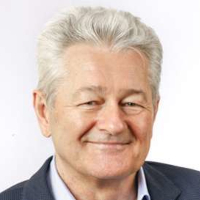Churni Gupta (UF Mathematics)
ZoomA Network Immuno-epidemiological Model of HIV and Opioid Epidemics Severe Substance Abuse Disorder (commonly known as Addiction), and HIV individually claim many lives all over the world every year. But the spread of HIV is often due to intravenous drug usage, and drug usage by HIV positive people often lower their immunity and effectiveness of …









